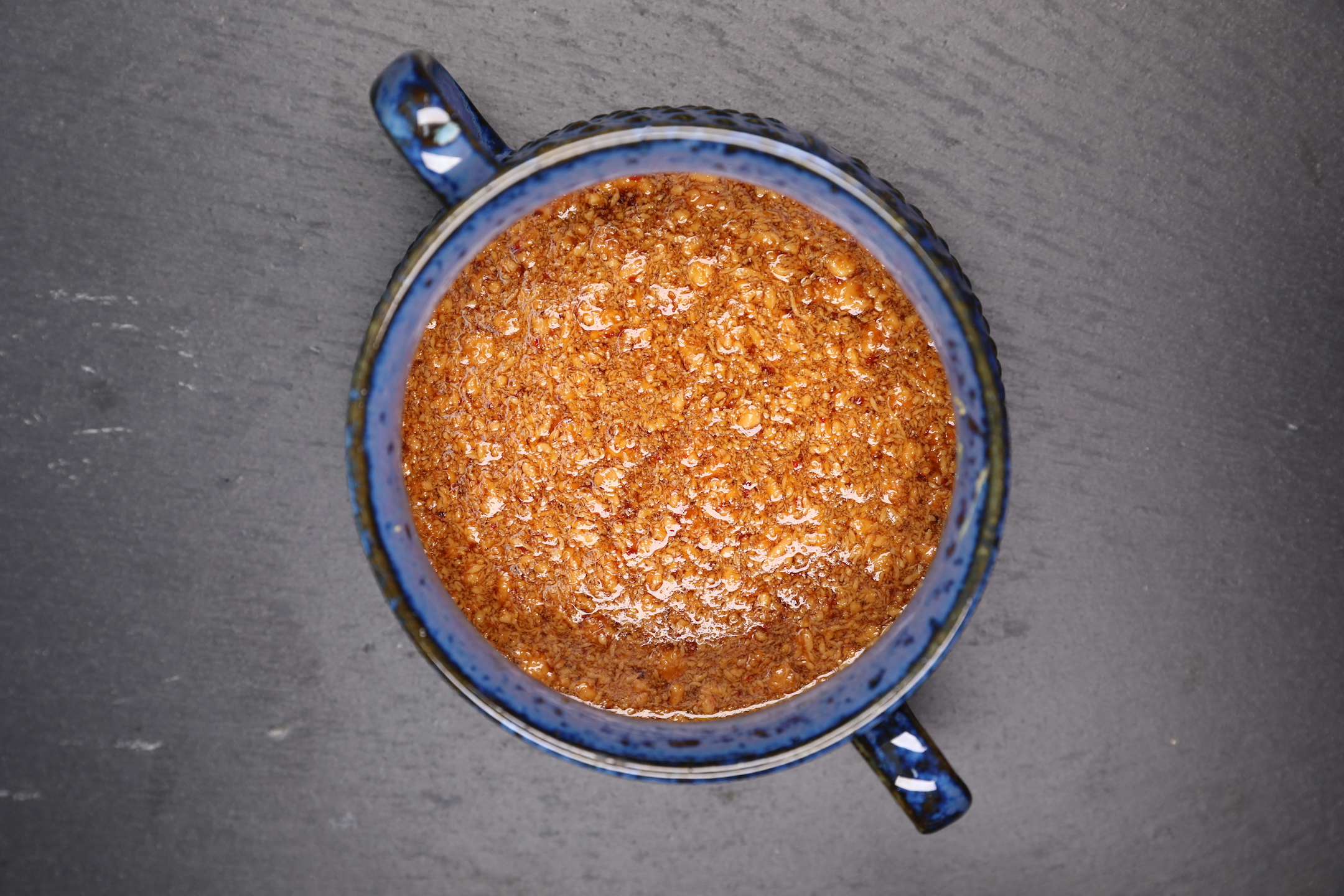Oil-Free Veggie Fried Rice with Peanut Sauce
/Lately, I've been loving this rice and veggie stir-fry. Fried rice was a dish I was pretty sure I would never be able to make taste just as good without oil, but with the right sauce it's actually very possible!
Instead of oil, we fry the vegetables in coconut aminos which adds a wonderful umami flavor. Then the cooked rice is added in along with a savory peanut sauce which makes this dish taste rich without needing any refined oil.
For this recipe, you can use any kind of whole grain rice you like. I've used wild rice, black rice, brown rice, and even quinoa- all with fantastic results. I think black rice is probably my favorite though, and it's actually the highest in antioxidants too!
Whichever rice or other similar whole grain that you decide to use, the first step is to give it a good rinse and then cook it in your rice cooker.
While the rice is cooking, prepare your veggies. You can use 2-3 cups of whichever finely chopped vegetables you prefer. I usually go for a mix of bell pepper, carrots, broccoli/broccolini, and edamame or peas.
While the variety of those veggies changes a bit each time I make it, I always use chopped green onions and garlic to add more flavor and give it a more authentic restaurant-style fried rice taste.
Once you have your veggies chopped, it's time to make the sauce.
My favorite stir-fry sauce is this spicy & savory peanut sauce. It's a simple mix of coconut aminos (or use low-sodium tamari), peanut butter, hot sauce, and maple syrup. There's no blending required- simply add the ingredients into a small bowl and give it a good stir until creamy.
Now on to the oil-free vegetable frying-
To make the veggies extra savory and avoid having them be soggy, I like to use just a 1/2 tablespoon of coconut aminos in place of oil.
Once the pan is hot, add the coconut aminos and garlic, cook for a few minutes then and the rest of the veggies. Since they are chopped small, they cook in about 5 minutes. Then, add in the cooked rice followed by the sauce. Stir it all together while the rice cooks with the veggies for another 2-3 minutes. Then add in the green onions at the very end, remove from heat and serve.
Let me know if you try out this easy oil-free veggie fried rice recipe, I'd love to hear what you think of it!

























